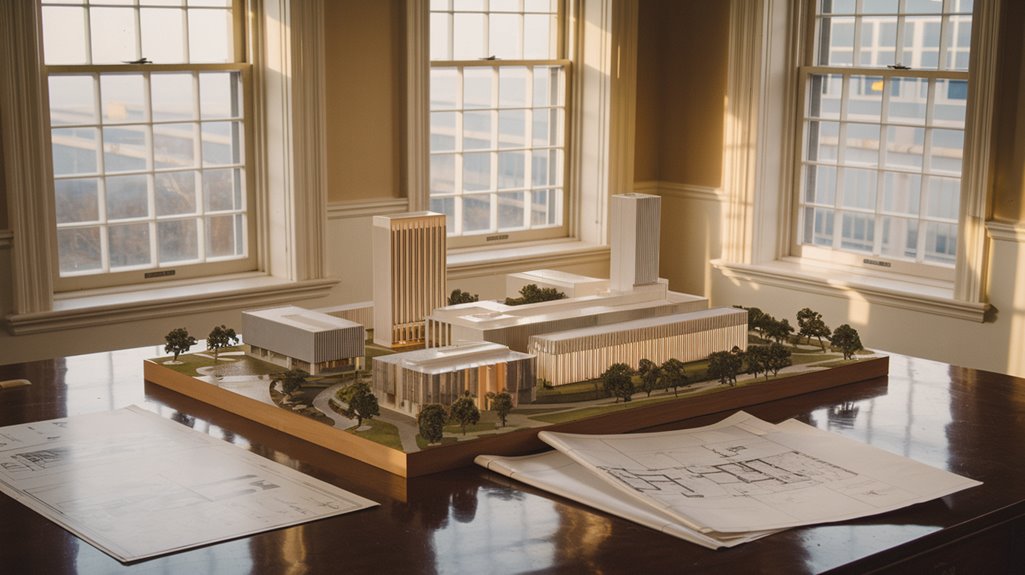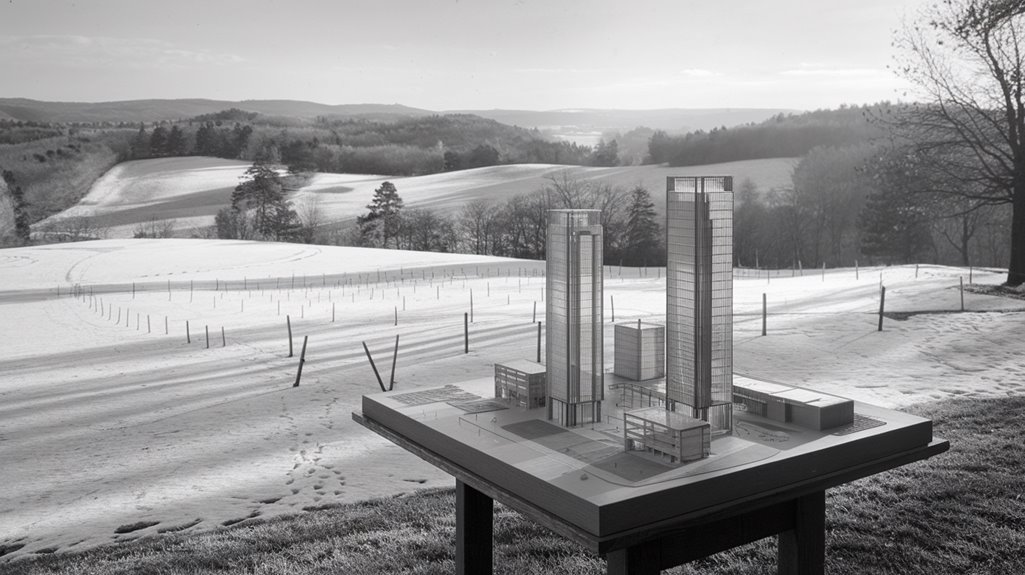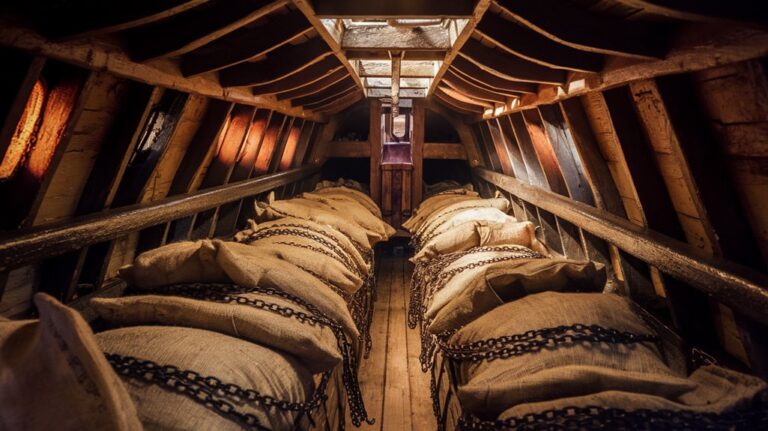The UN Headquarters Was Almost Built in Connecticut
You've probably driven through Greenwich, Connecticut, admiring its tree-lined streets and historic charm, without realizing it almost became home to a sprawling diplomatic metropolis. In 1946, this affluent suburb nearly transformed into "UNOville," a 42-square-mile complex complete with skyscrapers and an international airport. What you see today exists only because local residents took a bold stand that changed the course of both their town's future and global diplomacy. Let's explore what could have been.
The Vision Behind "UNOville" in Greenwich
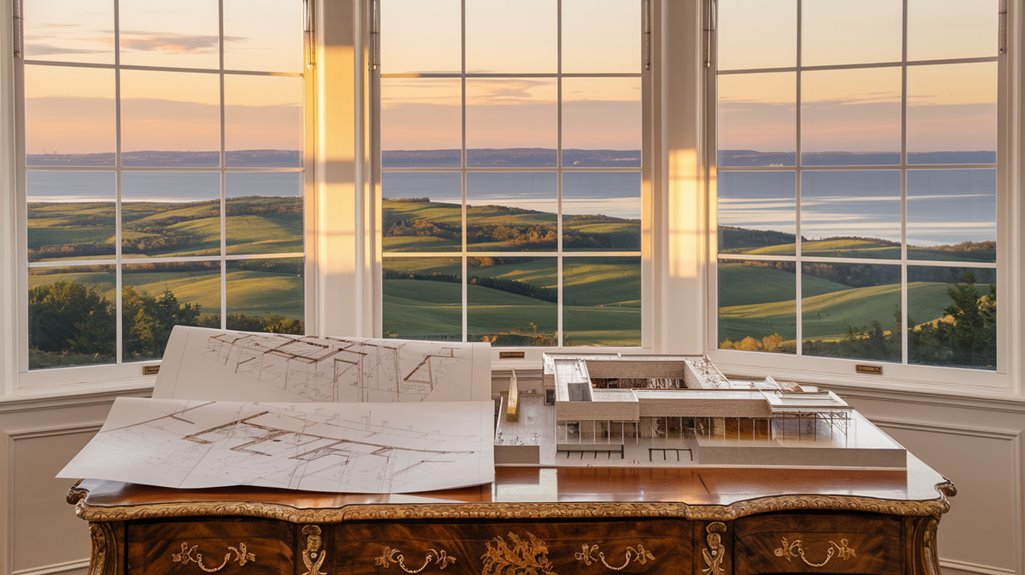
Ambition drove the bold vision for "UNOville," a proposed United Nations headquarters complex in Greenwich, Connecticut.
The urban development plan called for transforming the suburban landscape with towering skyscrapers that would house offices and residences for international delegates and staff.
The infrastructure planning was thorough, featuring new highways and railroad connections to handle increased traffic flow.
You'd have found an international airport facilitating global travel, along with essential utilities like power plants and sewage treatment facilities.
The blueprint included carefully designed spaces for residents, businesses, and recreation, complete with schools and hospitals.
This massive undertaking would've created a self-contained diplomatic city, but it also meant displacing hundreds of local residents and dramatically altering Greenwich's character forever.
Similar to the Underground Railway station that once operated in the area, this project would have made Greenwich another significant point of international transit and diplomacy.
The project remained largely unknown to locals until Greenwich Time's news scoop revealed the secretive plans.
A Massive 42-Square-Mile Diplomatic Complex
The original proposal for UNOville dwarfed today's UN headquarters, spanning across three municipalities in Connecticut and New York. This ambitious urban development project would've created a massive diplomatic community across 100 square miles, though planners later reduced this figure.
You'll be amazed by what this complex aimed to include:
- Towering skyscrapers to house diplomatic missions
- An extensive network of highways connecting the area
- Railroad systems for efficient transportation
- Multiple airports to facilitate international travel
If you're wondering how this compares to the current UN headquarters, it's staggering – the Manhattan location occupies just 17 acres in Turtle Bay.
The Connecticut proposal would've transformed the region, requiring the displacement of 500 to 1,000 residents, which ultimately contributed to its downfall through local opposition. The eventual Manhattan site was purchased from developer William Zeckendorf Sr. with Nelson Rockefeller's funding in December 1946.
Local Opposition and Community Concerns
Despite initial excitement about a potential UN headquarters, Greenwich residents fiercely opposed the massive development plan when they learned it would displace up to 1,000 families and reshape their quiet Connecticut community.
The community impact would be substantial, with plans calling for a new railroad spur, four-lane highway, airport, and a 12-story administration building for 50,000 workers.
The project would have established a Free City status, similar to Vatican City's autonomous arrangement.
You'd have seen the loss of private beaches and golf clubs, along with major traffic congestion issues.
Public sentiment reached a boiling point when 250 residents formed the Greenwich People's Committee, organizing protests at the Greenwich Country Day School.
They circulated petitions and raised legal fees to fight "UNOville."
While some residents supported the project's potential economic benefits, the overwhelming opposition eventually pushed the UN to choose New York City's East River site instead.
The Historic Public Referendum of 1946
On February 23, 1946, Greenwich residents delivered a decisive blow to UNOville when they rejected the UN headquarters proposal by a vote of 5,505 to 2,019.
The public opinion was clear – the community didn't want their town transformed into an international hub. In the historical context of post-World War II, while many supported the UN's mission to prevent future wars, they weren't willing to sacrifice their local identity.
The referendum's outcome reflected four major concerns:
- Displacement of 500-1,000 local residents
- Increased traffic congestion in an already busy area
- Lack of community consultation in the planning process
- Dramatic changes to the region's character
This historic vote ultimately led to the UN choosing Manhattan's East River location, where John D. Rockefeller Jr. donated the land for its permanent home.
How Manhattan Became the UN's Home
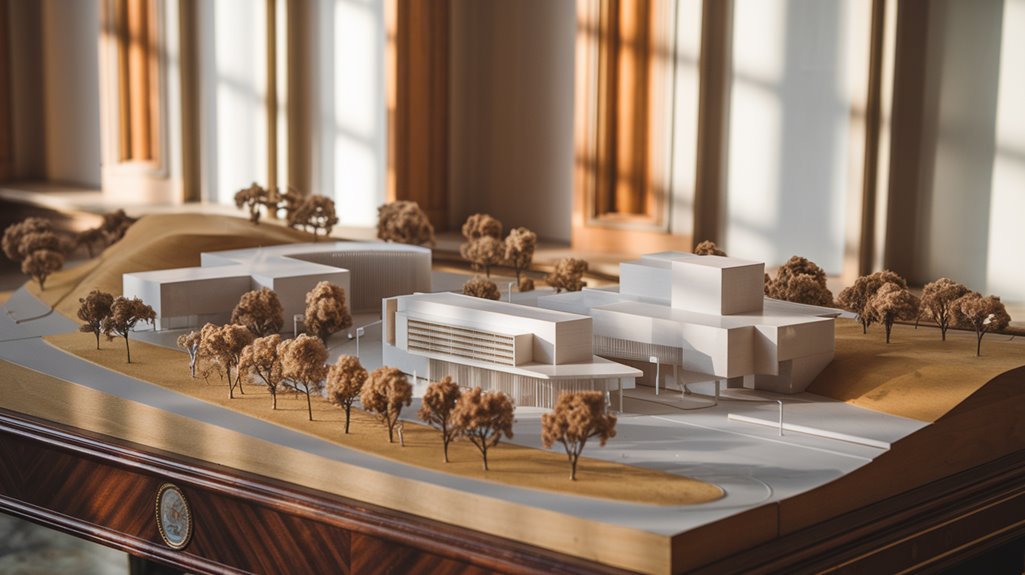
Following Greenwich's rejection, Manhattan emerged as the ideal location for the UN's permanent headquarters through a remarkable sequence of events.
While the site committee initially explored options in Philadelphia, Boston, and San Francisco, the Manhattan selection came after a pivotal $8.5 million offer from John D. Rockefeller Jr. in December 1946.
The chosen site, purchased from developer William Zeckendorf Sr., wasn't exactly prime real estate at the time.
You'd have found a gritty landscape of slaughterhouses, industrial buildings, and a railroad barge landing.
This over fifteen acre property would soon transform from an industrial wasteland into a world-class diplomatic center.
 Rockefeller and Bush families were key players in this historical moment, though even their influence couldn't override local sentiment.
Rockefeller and Bush families were key players in this historical moment, though even their influence couldn't override local sentiment.
The search committee had identified 42 square miles as the core development area, which would have dramatically transformed the region's landscape.
What you'll find preserved because of their decision:
- A traditional New England town setting instead of a sprawling international complex that would have displaced 1,000 families.
- Natural beauty and charm that wasn't sacrificed to massive infrastructure projects like new airports and railways.
- Manageable traffic patterns that weren't overwhelmed by the influx of diplomatic activities.
- Property values and neighborhood character that remained stable rather than facing dramatic disruption.
The Greenwich Historical Society's archives now tell this story, documenting how local activism shaped the town's future and protected its unique characteristics for generations to come.

